Today I am sharing with you this lovely matcha set from Tangpin Tea on Etsy. I have been on the hunt for a more complete matcha set including a whisk and when I saw this one I fell in love with the green drip glaze and reached out to the seller.
This set is comprised of a chawan (茶碗, tea bowl), a chashaku (茶杓, tea scoop), a chasen (茶筅, tea whisk), and a naoshi (直し, whisk stand). Essentially, the very basic elements needed to properly prepare a bowl of matcha. For actual tea ceremony there are many more pieces needed, but if what you’re looking for is a pretty, affordable set to make your own comforting bowl of matcha, it’s perfect!
Now, please bear in mind that this review is coming from the perspective of someone who has not studied tea ceremony – I am just someone who enjoys matcha and little soothing rituals!
Appearance-wise, this set appeals to me greatly. As I’ve mentioned, I absolutely loved the glaze – it’s hard to capture in photos but it almost has a cyan-to-celadon gradient to it, it’s got much more depth in person. I also like that it’s subtle, not a huge contrast against the white. It’s also available in a pinkish red and a light brown drip, all on the same white base, but I can’t speak to the depth or variation in those. I only have one other chawan and it’s got a much heavier, almost “earthy” feel to it, whereas this one feels delicate without feeling flimsy or fragile. It feels spring-like! Perfect for looking forward to the upcoming change of seasons.
The chashaku and chasen are quite standard-looking and made of bamboo, but they have a good comfortable feel to them. The whisk is well-made and I don’t anticipate it deforming or losing bits any time soon and there are no signs of splitting or warping on the scoop.
This set is mass-produced, and while it’s certainly not on par with artisan-made individual pieces, I think for the price it’s absolutely lovely! It’s great for everyday use and I wouldn’t feel terrified of using it regularly.
I purchased this item at a discounted price for honest review purposes.If you have a topically appropriate craft, product, or service you would like me to review, please contact me.

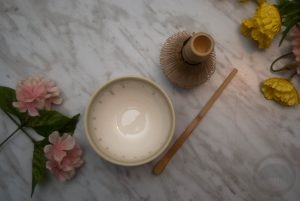
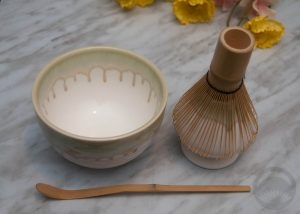
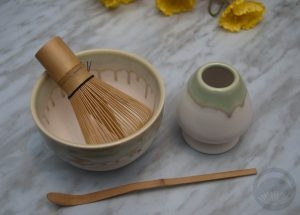
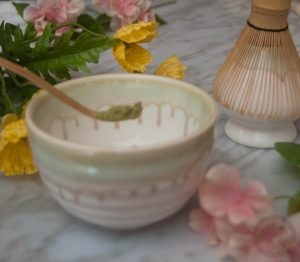
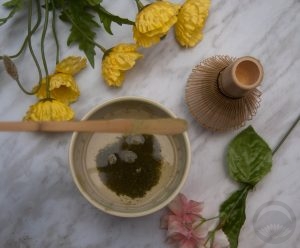
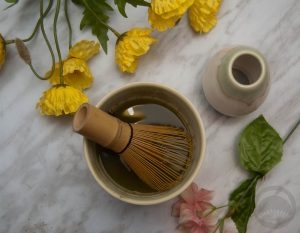
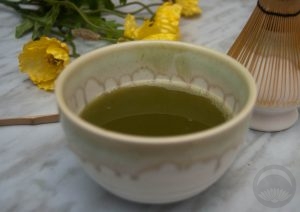
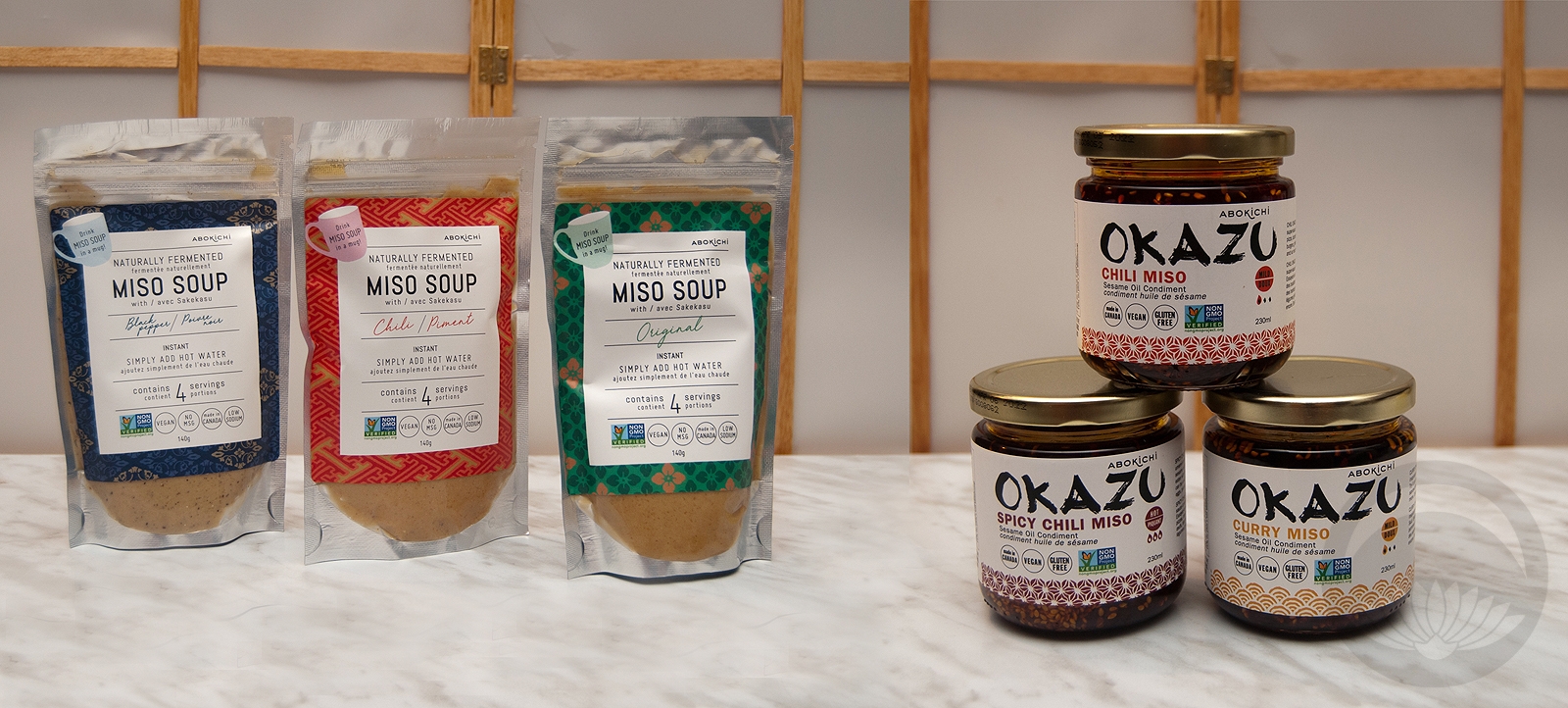
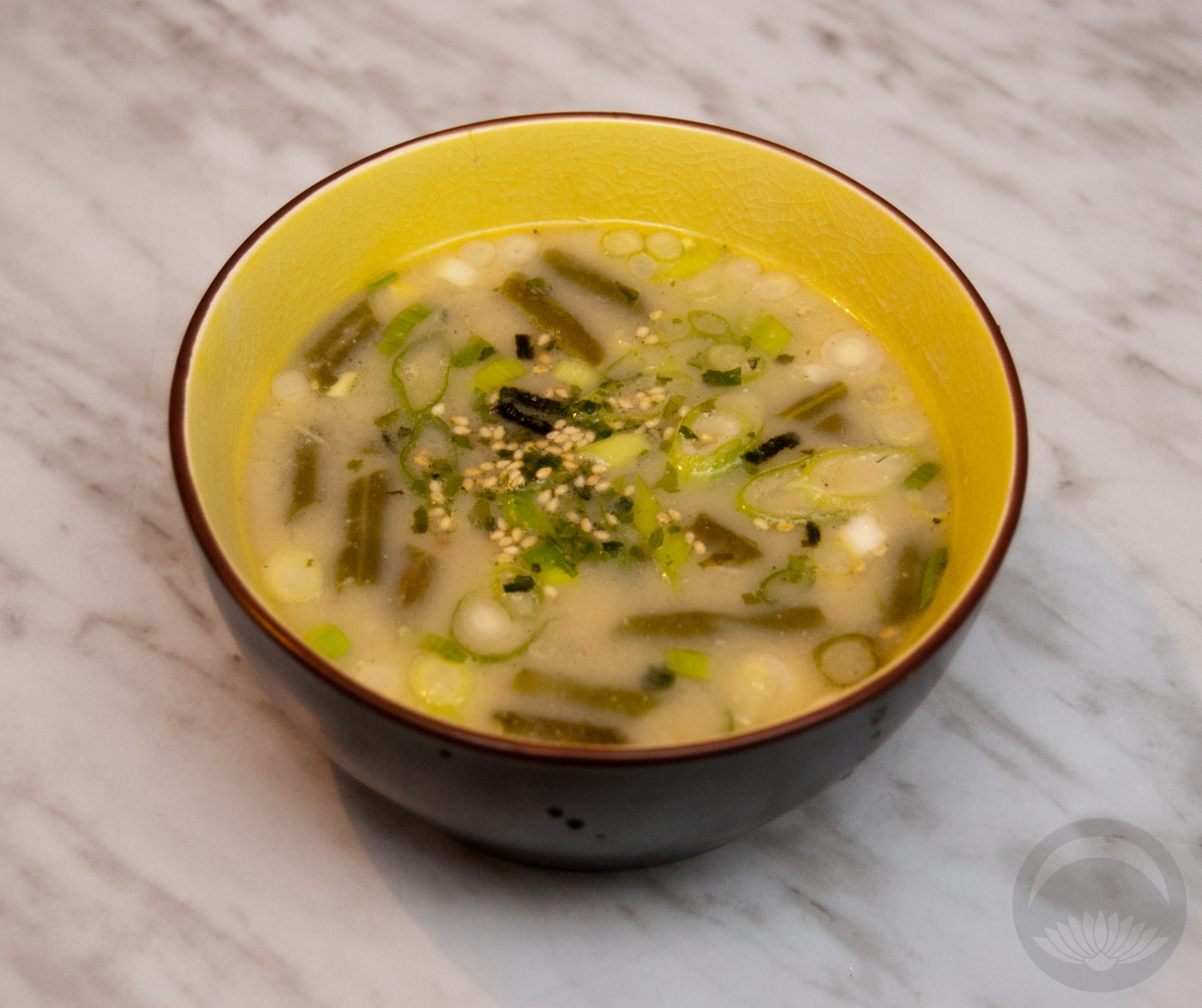

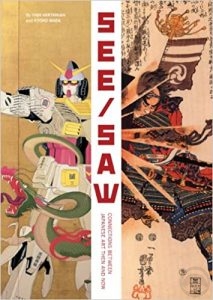
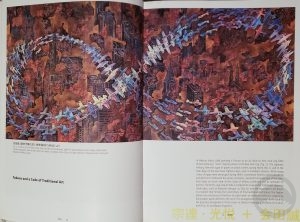
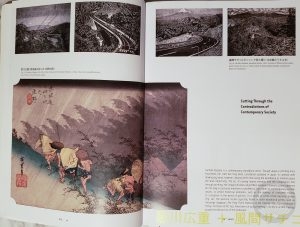
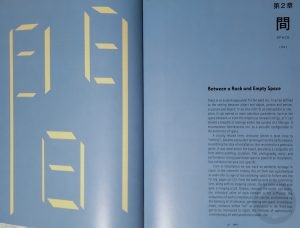
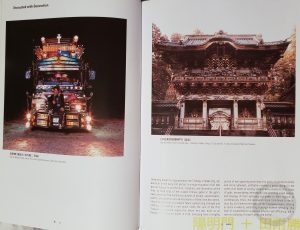
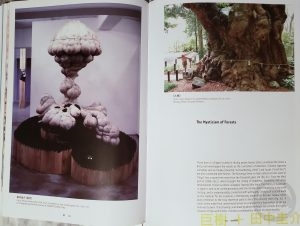
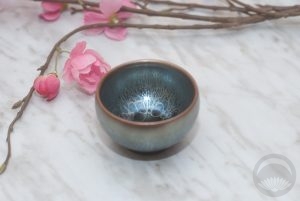
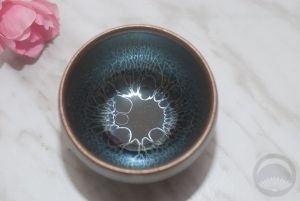
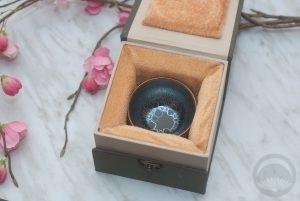
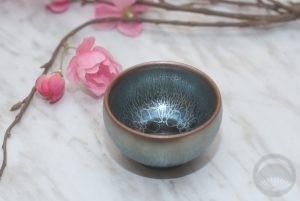
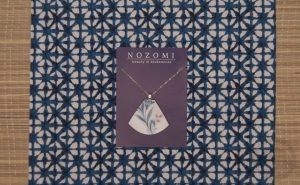
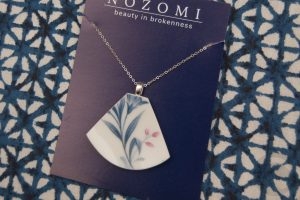
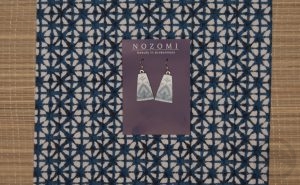
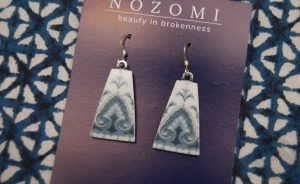
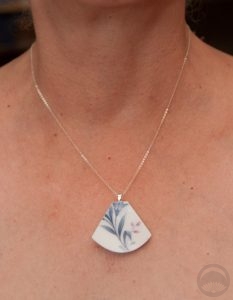
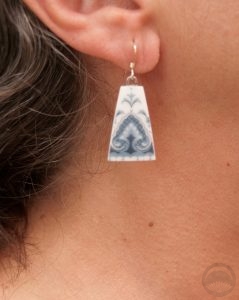
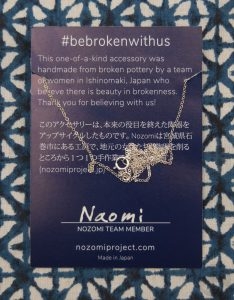
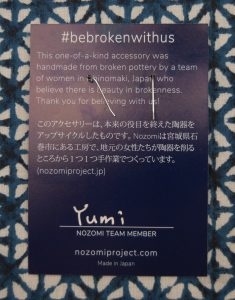





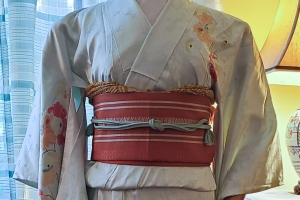
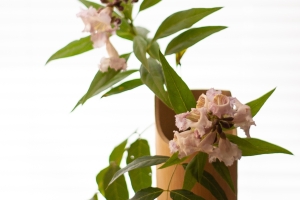
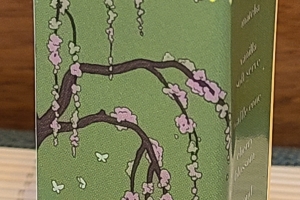
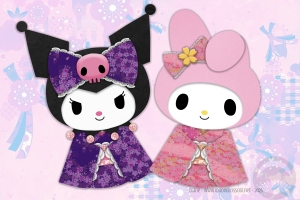
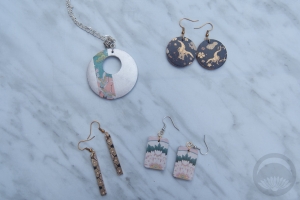

 Bebe Taian
Bebe Taian CHOKO Blog
CHOKO Blog Gion Kobu
Gion Kobu